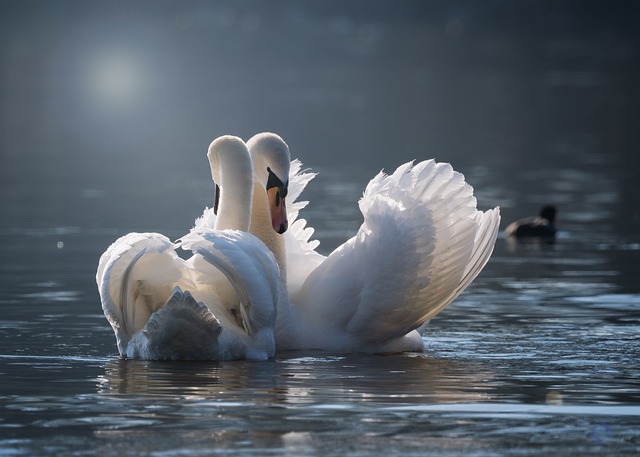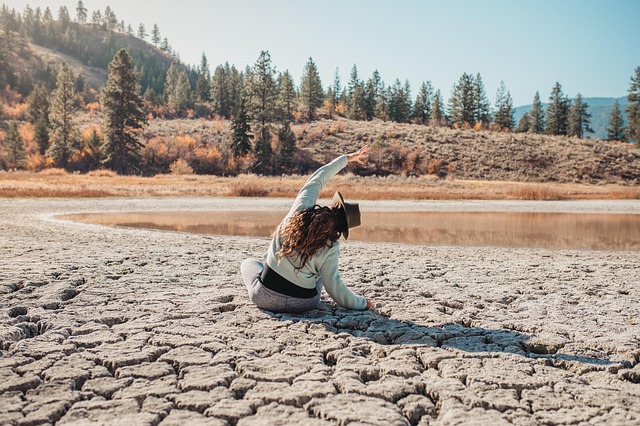When we look into the depth of a lake, we often see only its surface. Yet beneath the calm waters lies a world of unseen currents, hidden islands, and ever‑shifting light. The same truth applies to the human experience. Our emotions, thoughts, and sensations form a vast, interconnected body of water that we can call the “Lakes of Emotion.” Exploring this lake requires self‑reflection, compassion, and a willingness to dive into the waters that are most unfamiliar. In this article we will chart how the soul, spirituality, self‑education, beauty practices, and mental health intersect within that lake, guiding us toward a richer, more balanced existence.
The Soul and the Lakes of Emotion
The soul is the anchor that keeps us connected to the lake’s surface. It is the voice that whispers, “What do you feel today?” When we pay attention to this inner voice, we can map the currents that carry us through joy, sorrow, gratitude, and fear. The soul’s perspective is not about judgment; it is about presence. By acknowledging the ebb and flow of our emotions, we begin to see patterns—seasonal floods of anxiety during deadlines, gentle rains of contentment on quiet evenings, or unexpected storms when we confront deep-rooted wounds.
- Listening: Cultivating mindful awareness of emotional signals.
- Accepting: Allowing each feeling to exist without resistance.
- Reflecting: Journaling or meditative contemplation to honor the experience.
Spirituality as a Mirror
Spirituality is often seen as a separate realm from daily life, but it is intimately woven into the fabric of the Lakes of Emotion. When we engage in practices such as meditation, prayer, or mindful walking, we become mirrors that reflect our internal state back to us. These practices help us observe how emotions influence our perception of meaning, purpose, and connection.
“The lake reflects the sky, and the sky reflects the heart.” – Anonymous Spiritual Teacher
By recognizing the sky–heart relationship, we can adjust the angle of our reflection: turn toward gratitude during calm waters, or toward compassion during turbulent waves.
Self‑Education: Navigating the Waters
Self‑education equips us with the tools to chart unknown regions of the lake. It is not only about acquiring facts but also about developing emotional literacy and cognitive flexibility. A few practical strategies include:
- Reading reflective literature that invites self‑discovery.
- Engaging in online courses about emotional intelligence or mindfulness.
- Attending workshops that combine science and spirituality, such as neuro‑spirituality seminars.
Through continuous learning, we gain a map of the lake’s topology—understanding where the shallow, safe zones lie, and where deeper, more challenging currents might pull us.
Beauty and Skin Care as Inner Practice
External beauty practices—skincare rituals, grooming, and mindful grooming—can become powerful metaphors for inner health. The act of cleansing the skin mirrors the cleansing of emotions. When we wash away the day’s dust, we create space for fresh nourishment. In this way, beauty care becomes a self‑educational practice that teaches us patience, attentiveness, and respect for the body as a vessel.
- Morning Ritual: A gentle cleanse to wake the senses and affirm self‑worth.
- Nighttime Routine: A soothing balm that signals the body’s readiness for rest.
- Mindful Touch: Using touch as a form of grounding and presence.
Mental Health: The Shoreline
Our mental health is the shoreline that defines the boundaries of our lakes. Healthy shorelines are resilient, allowing us to return to the water when we need nourishment but protecting us from being overwhelmed by its depth. Techniques such as cognitive restructuring, grounding exercises, and supportive community help reinforce these shorelines.
“A healthy shoreline does not deny the water; it guides its flow.” – Clinical Psychologist
By maintaining this balance, we reduce the risk of emotional flooding and build a stable base for spiritual growth.
Integrating All Elements
When the soul, spirituality, self‑education, beauty practices, and mental health all align, we experience a harmonious ecosystem within the Lakes of Emotion. The integration process looks like this:
- Set an intention in the morning—what aspect of the lake do you wish to explore?
- Follow a structured skincare routine that serves as a meditation on self‑care.
- Spend ten minutes journaling, focusing on any emotional currents that arise.
- Engage in a brief mindfulness practice to anchor yourself before the day’s activities.
- End the day with a reflection that honors both the calm and the storm, recognizing that both are part of the same lake.
Practical Tips for Daily Navigation
Below are concise, actionable tips that anyone can weave into their routine to keep the Lakes of Emotion vibrant and balanced:
- Use a calming essential oil during skincare to synchronize breath and skin.
- Practice “emotional labeling” when a strong feeling surfaces—identify it and note its intensity.
- Schedule a weekly “reflection walk” where you observe nature and relate it to your emotional state.
- Keep a small notebook on your bedside table for nighttime insights.
- Set a digital detox period each evening to reduce overstimulation that can cloud your shoreline.
Conclusion: Embracing the Journey
The Lakes of Emotion are not a destination but a continuous journey. By nurturing the soul, practicing spirituality, engaging in self‑education, honoring the body through beauty rituals, and safeguarding mental health, we become skilled navigators of this expansive inner landscape. Each stroke of the paddle—whether mindful breath, gentle touch, or intentional learning—shapes the lake into a place of clarity, depth, and profound self‑connection. As we learn to read its currents, we discover that the lake’s greatest treasures are not found on its surface but in the trust we build with ourselves to explore the depths safely and compassionately.



